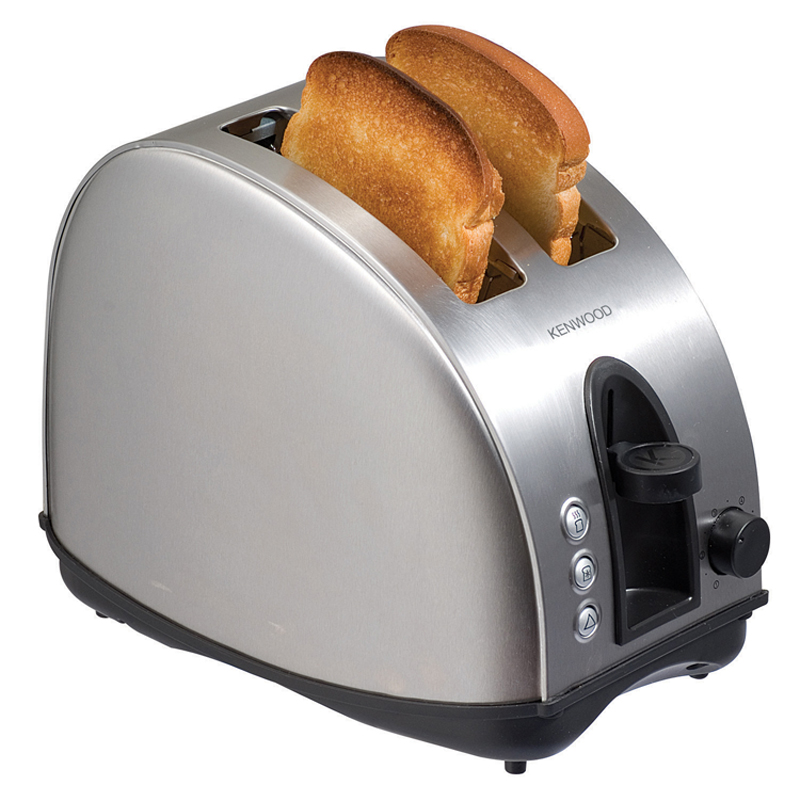Being a consumer today is a lot harder than ever. How we do the things we need to do every day is changing at a dizzying pace. Simply interacting with all our devices, our car stereos, the ATM, stores, and even healthcare providers require us to learn and relearn the means by which we get the results we want. This learning requires an investment in time and energy, usually only to have an “upgrade” result in us having to start nearly from scratch. Usually the upgrades have the motive of simplification and/or added functions, but many seem to change for the sake of change… except the toaster.
When is the last time that you needed to relearn how to use a toaster? As an appliance, toasters are perfect in their functional transparency and clarity of purpose. They are comically simple. In fact, we take these wonders of the industrial age for granted.
When I think about approaching a customer experience challenge, I think about how I would “toasterize” it. Toasterizing requires some creative thinking in metaphors, but it can uncover what is providing a great experience versus what is superfluous and driving customers crazy.
Here are the reasons why I believe a toaster represents the ideal experience.
- It manages expectations. It says what it is and does what it says. An orange is orange, a fly flies, and a toaster toasts. Enough said.
- It cannot be easily substituted. If you don’t have a toaster, you probably will forego toast. Toaster ovens are overkill.
- The operation is intuitive. I think I was only shown how to operate a toaster once in my life and I did not have to be shown again.
- The inner workings are not mysterious. You can actually see the thing doing its job. The little wires inside get hot and look hot, and the bread turns to toast in front of your eyes.
- The process is sensorial. You can actually tell the moment the bread turns into toast by the toasty smell.
- The user settings are direct. Toast the bread longer for dark (or burnt) toast, shorter for light toast. If the toast is too light you can push it down for more time. If you burn it its your fault.
- The time it takes to do the job is consistent and reasonable. The sub-conscious knowledge of how long the toaster takes allows you to multi-task effectively.
- It does one thing and is not insecure about it. The toaster is one of the elite appliances that can set out on the counter full time, so it has a big ego I’m sure.
The toaster’s more modern cousin, the microwave, is indispensible but a horrible experience that is tolerated versus enjoyed. (Bring to mind any service providers you may have?). How does it work? What do the frozen dinner’s instructions require from me? Will this food now burn me when I open it or eat it? Add your other complaints here… Would you rather toast that dinner if it only took 2 minutes?
Improvements on the toaster are barely non-existent. Sure there are some fashion concessions, and I have seen one that burns a Hello Kitty face on the toast, but the inner workings are the same. The toaster has reached appliance nirvana.
For such a humble gadget, the toaster is a master at delivering what we want from it, and therefore has become indispensable. It delivers great value and we give it a place in our collection of must-have objects. I find that the toaster test is a great way to casually evaluate your experience on the 8 points above. Ultimately the toaster is simple and intuitive and a great experience role-model. So the question is… is your customer experience a toaster or a microwave?
Bill Chidley is a Partner and Co-Founder at ChangeUp. Creating Innovating Experiences that Drive Growth. http://www.changeupinc.com
